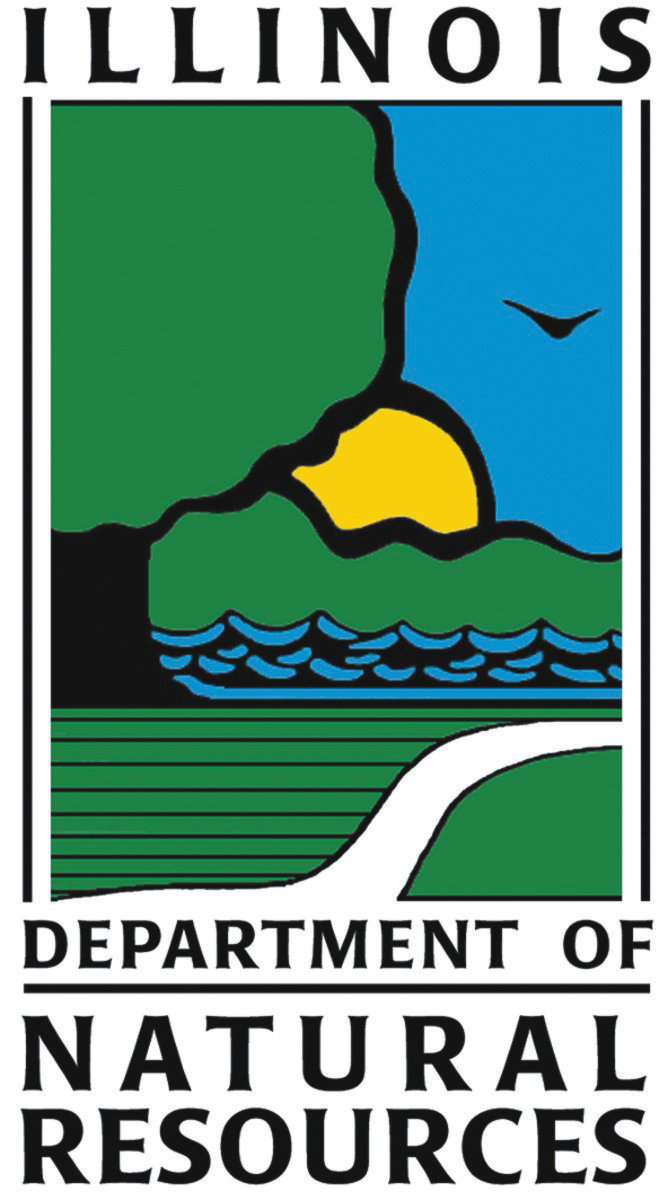
Cities and associated metropolitan areas are increasingly important to conserving global biodiversity. In recent years, Illinois’ population and development have primarily occurred in suburban areas on the fringes of larger metropolitan areas. The trend is to have larger houses and lot sizes, which increases the amount of developed land and degrades and fragments already limited wildlife habitat. Many urban areas also experience flooding, water quality impairments, exposure to invasive species, and other pollution through heat and atmospheric pollutants.
Twenty-six of the 32 Conservation Opportunity Areas (COAs) in Illinois are partially or totally located within the Metropolitan Statistical Areas of the Illinois Wildlife Action Plan‘s Green Cities Campaign. This means that the bulk of COAs are contained or intersect with existing urban and growth/projected growth areas. This is important as these COAs will come under continued threat due to development scenarios over the next several decades.
The Green Cities Campaign advances habitat conservation and restoration in support of wildlife species within the state’s developed metropolitan areas. As of 2014, urban areas in Illinois accounted for 7.4 percent of the total land area of the state. The Green Cities Campaign is working to improve community planning efforts by include open space and wildlife needs into the plans. Additionally, the campaign is addressing wildlife migration routes in urban areas and promoting habitat protection and restoration whenever possible to conserve migration pathways.
Beyond benefits to wildlife, it has been repeatedly documented over the last decade that the integration of nature and wildlife habitat in our cities and communities has multiple benefits to the social, economic, and human health of urban citizens. The introduction of increased natural resources into city neighborhoods through parks, urban tree canopy, stormwater best management practices, native plantings, stream buffering, and linkages through trails have been shown to produce multiple benefits including heat island reduction, flood reduction, increased groundwater recharge, and improvement in air and water quality.
Along with wildlife benefits the “greening” of urban areas has also been shown to: improve community cohesion, aesthetics, and livability; reduce gray infrastructure costs, increase property values and enhance business districts; improve health and reduce noise pollution and crime; and increase access to and appreciation of nature.
The goals of the Green Cities campaign are to:
- minimize the adverse effects associated with development on wildlife and habitats.
- integrate wildlife and habitat conservation in developed areas.
- increase water quality education efforts in areas under high development pressure and/or within fragile geographic zones (i.e., karst terrain).
- make natural areas conservation, ecology and environmental education a mandatory part of school curricula.
- fill information gaps and develop conservation actions to address stresses.
- increase access to open lands and waters within and near urban areas for wildlife-related recreation.






